
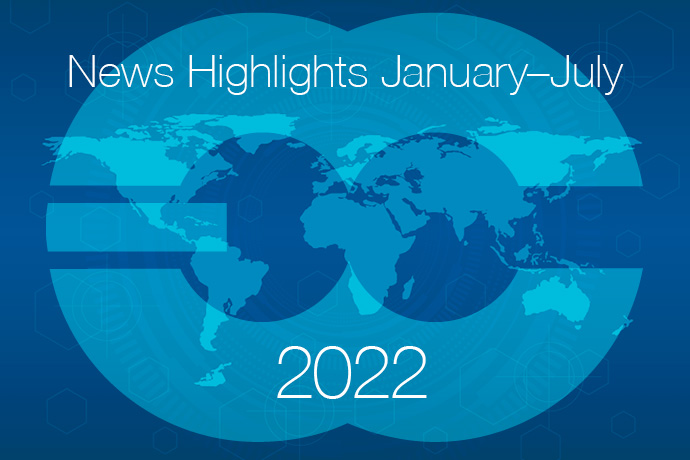
ECMWF news highlights in the first seven months of 2022 include forecast data updates; projects and workshops to drive forward weather science; and news from the EU-funded services implemented by ECMWF.
Forecast updates
June 2022 saw two serious heatwaves in Europe, which were followed by another heatwave in July.

In an interview, David Richardson, Head of ECMWF’s Evaluation Section since 2013, talked about the range of evaluation activities at the Centre, which aim to ensure continued improvements and high-quality forecasts for Member and Co-operating States and other customers.

Head of ECMWF’s Evaluation Section David Richardson.
ECMWF has released a new data service charge model in a crucial step towards open data. This change adds to a series of updates introduced since June 2021.

Credit: NicoElNino / iStock / Getty Images Plus
More than 40 people took part in person in Reading and up to 85 participated online at any one time in this year’s edition of Using ECMWF’s Forecasts, dedicated to the key theme of visualising meteorological data.
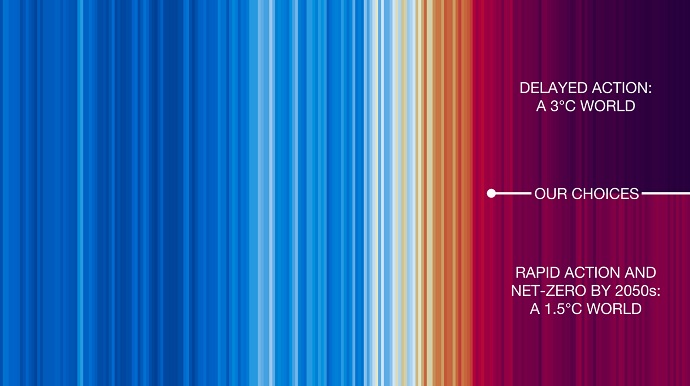
Ed Hawkins from the University of Reading spoke about ‘Visualising climate change’ during the 2022 edition of Using ECMWF’s Forecasts.
Driving forward weather science
More than 100 online and 47 in-person participants attended an ECMWF event on model uncertainty in weather forecasting from 9 to 12 May 2022.
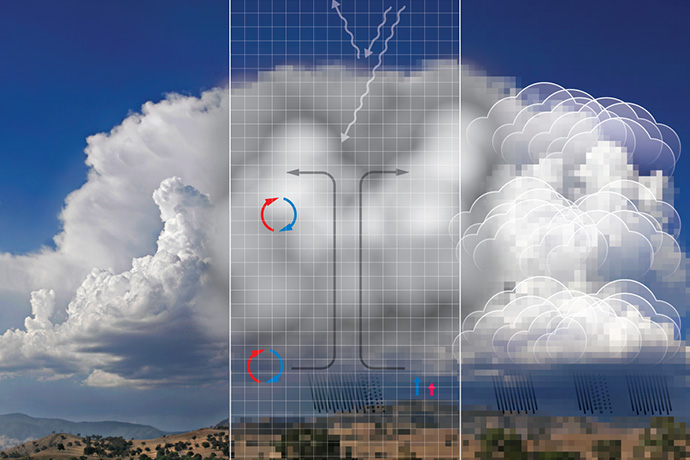
Four EUMETSAT Research Fellows are helping ECMWF to fully exploit satellite data for weather forecasting. The data is needed to help establish the initial conditions of forecasts as precisely as possible.

The four EUMETSAT Research Fellows are (left to right) Samuel Quesada-Ruiz, David Duncan, Francis Warrick and Tracy Scanlon.
ECMWF is starting to make some of its Integrated Forecasting System (IFS) available on an open-source basis to facilitate collaboration on the code.
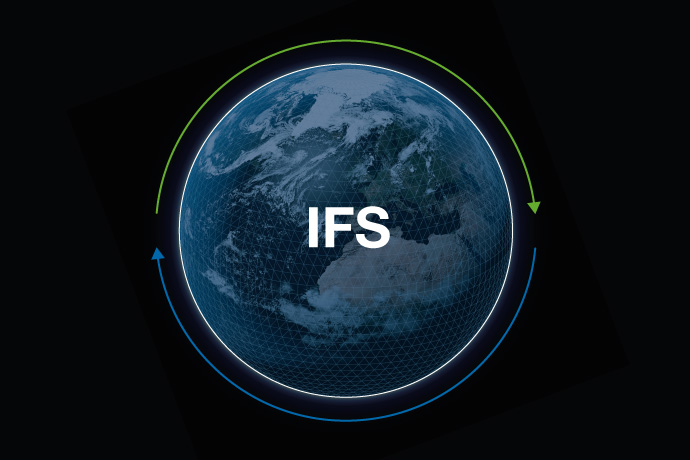
Many ECMWF scientists took part in two central events: the European Space Agency’s 2022 Living Planet Symposium in Bonn, Germany, and the annual General Assembly of the European Geosciences Union in Vienna, Austria, and online.
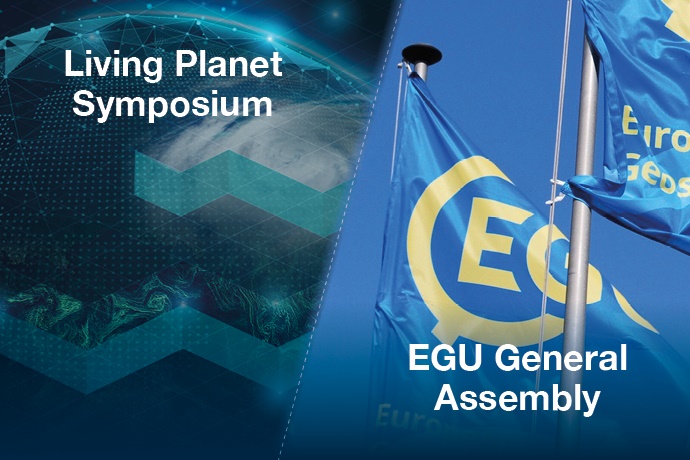
Right-hand image © EGU, licensed under CC Attribution 4.0.
The eruption of the Hunga Tonga–Hunga Haʻapai volcano in the southern Pacific Ocean had a clear impact on the signals of satellite instruments used by ECMWF.

The Hunga Tonga eruption on 15 January 2022 recorded by Japan's Himawari-8 weather satellite. The plume was just under 500 km across. (Source: Japan Meteorological Society, CC BY 4.0)
EU-funded services
The year 2021 was among the seven warmest on record, and Europe experienced a summer of extremes, according to findings reported by the EU’s Copernicus Climate Change Service (C3S) implemented by ECMWF.
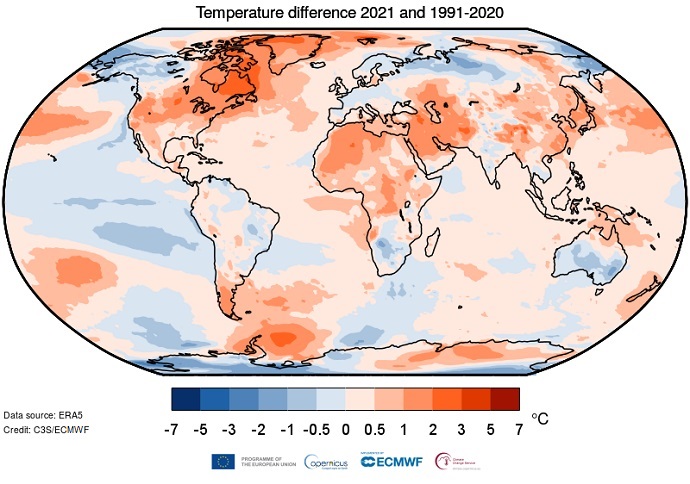
Air temperature at a height of two metres for 2021, shown relative to its 1991–2020 average. Source: ERA5. Credit: Copernicus Climate Change Service/ECMWF
As detailed in the European State of the Climate 2021 published in April 2022, in July parts of Belgium, Germany and eastern France experienced some of the heaviest rainfall on record for the region, contributing to severe flooding.
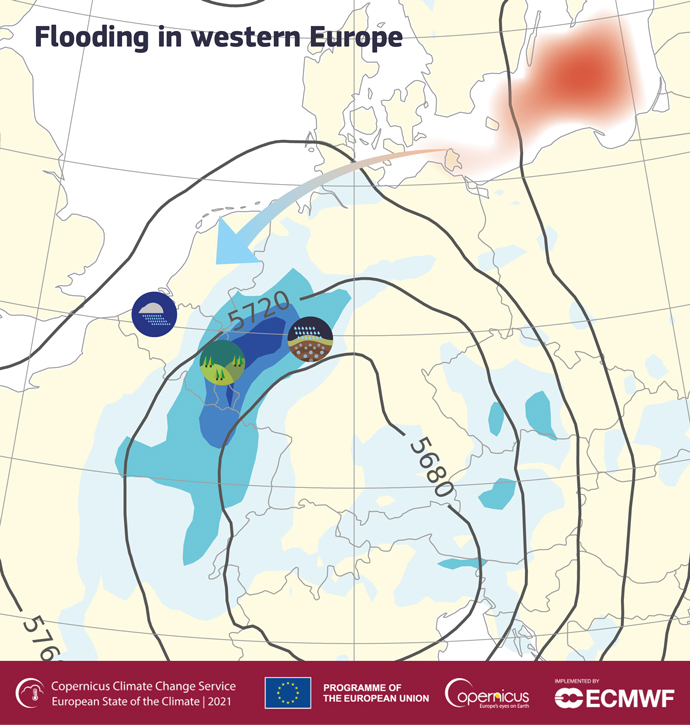
In July 2021, a slow-moving area of low pressure, which drew water into parts of Belgium, Germany and eastern France from an unusually warm Baltic Sea, encountered hills on the Belgium–Germany border, releasing record amounts of rain onto saturated soil.
The 2021 Antarctic ozone hole was relatively big and long-lasting, the EU-funded Copernicus Atmosphere Monitoring Service (CAMS) run by ECMWF found.
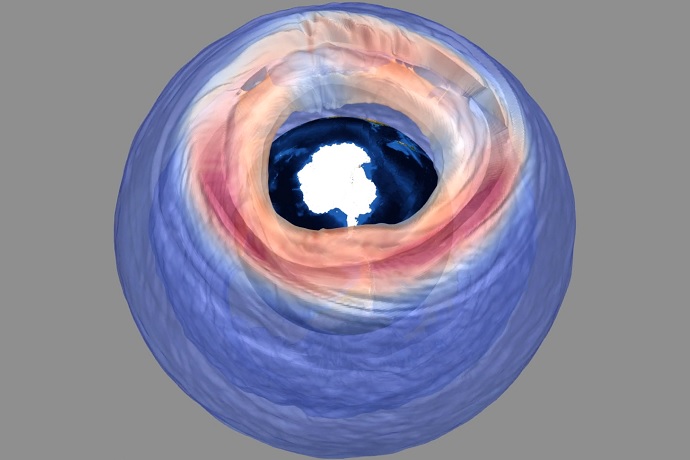
ECMWF extended the quality monitoring of observations used by the CAMS global forecasting system by adding an automatic alert system.
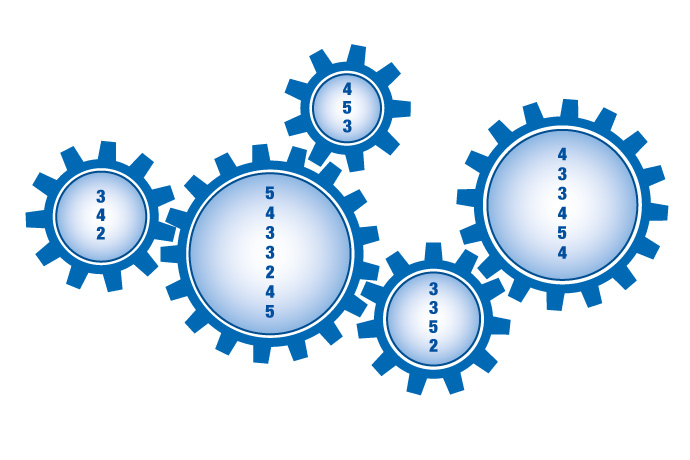
Representatives of the European Space Agency (ESA), EUMETSAT, ECMWF and the European Commission came together virtually on 30 March 2022 to inaugurate Destination Earth (DestinE), an ambitious initiative to develop a highly accurate digital twin of our planet.
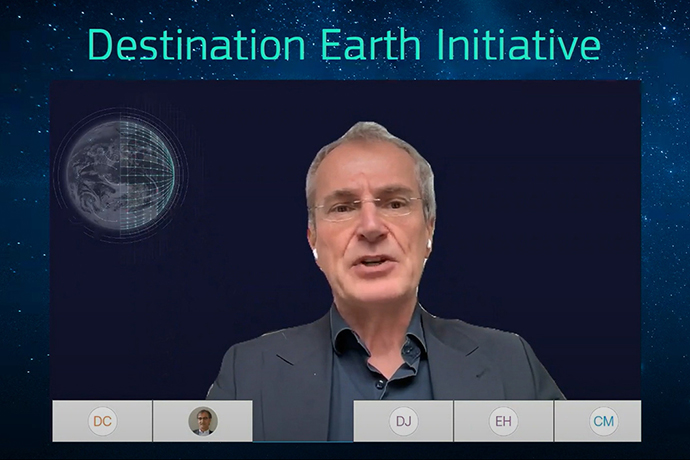
ECMWF’s Director of Destination Earth, Peter Bauer, gave a presentation at the European Commission’s event to launch the initiative.
Other news articles
More reports can be found on the News page of the ECMWF website. For more developments on the Copernicus services run by ECMWF, consult the news pages of C3S and CAMS, and more DestinE articles can be found in the ‘News and events in brief’ section of the DestinE website.
